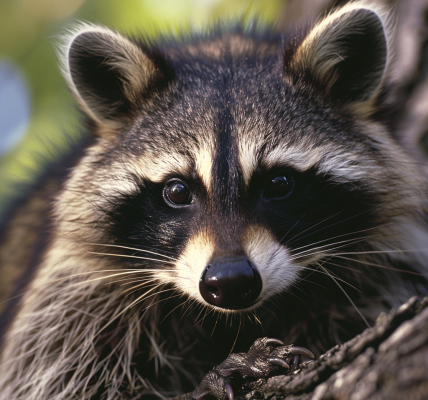UMass Amherst Researchers Eavesdrop on Nature’s Rulers — Insects — to Enhance Environmental Health Assessment
Recent research led by the University of Massachusetts Amherst evaluates how well machine learning can identify different insect species by their sound, from malaria-carrying mosquitoes and grain-hungry weevils to crop-pollinating bees and sap-sucking cicadas. Listening in on the insect world gives us a way to monitor how populations of insects are shifting, and so can tell us about the overall health of the environment. The study, published in the Journal of Applied Ecology, suggests that machine and deep learning are becoming the gold standards for automated bioacoustics modeling, and that ecologists and machine-learning experts can fruitfully work together to develop the technology’s full potential.
“Insects rule the world,” says Laura Figueroa, assistant professor of environmental conservation at UMass Amherst and the paper’s senior author. “Some are disease vectors and pests, while others pollinate nutritious crops and cycle nutrients. They’re the foundation of ecosystems around the world, being food for animals ranging from birds and fishes to bears and humans. Everywhere we look, there are insects, but it’s difficult to get a sense of how their populations are changing.”
Indeed, in the age of chemical pesticides, climate change and other environmental stressors, insect populations are changing drastically. Some species—like the pollinators that are annually responsible for ecosystem services estimated at well over $200 billion worldwide—seem to be crashing, while others, like mosquitoes that can carry malaria, dengue and other diseases, seem to be surging. Yet it can be difficult to get an accurate picture how insect populations are shifting.
Many traditional methods of sampling insect populations involve sending entomologists out into the field to collect and identify individual species, and while these methods can yield reliable results, it’s also time and resource intensive and often lethal to the insects that get caught. This is where AI comes into the picture.
“After working in the field for over a decade, I can tell the difference between a bee’s buzz and a fly’s buzz,” says Figueroa. “Since many, but not all, insects emit sound, we should be able train AI models to identify them by the unique sounds they make.”
UMass Amherst researchers are leveraging machine learning to eavesdrop on the insect world, aiming to enhance environmental health assessment. By identifying different insect species through their sounds, researchers hope to gain insights into the shifting populations of insects, which can provide valuable information about the overall health of the environment. The study, recently published in the Journal of Applied Ecology, highlights the increasing significance of machine and deep learning in automated bioacoustics modeling. Laura Figueroa, assistant professor of environmental conservation at UMass Amherst and the senior author of the paper, emphasizes the crucial role of insects in ecosystems and the challenges in monitoring their populations. With the rise of environmental stressors and drastic changes in insect populations, traditional sampling methods are proving to be insufficient. The collaboration between ecologists and machine-learning experts is seen as a promising approach to fully unlock the potential of AI in identifying and monitoring insect populations. The potential of AI in environmental health assessment is evident, offering a non-invasive and efficient alternative to traditional entomological methods. As Figueroa points out, the ability to differentiate insect sounds and train AI models to identify species based on their unique sounds opens up new possibilities for understanding and safeguarding insect populations in the face of environmental challenges.





